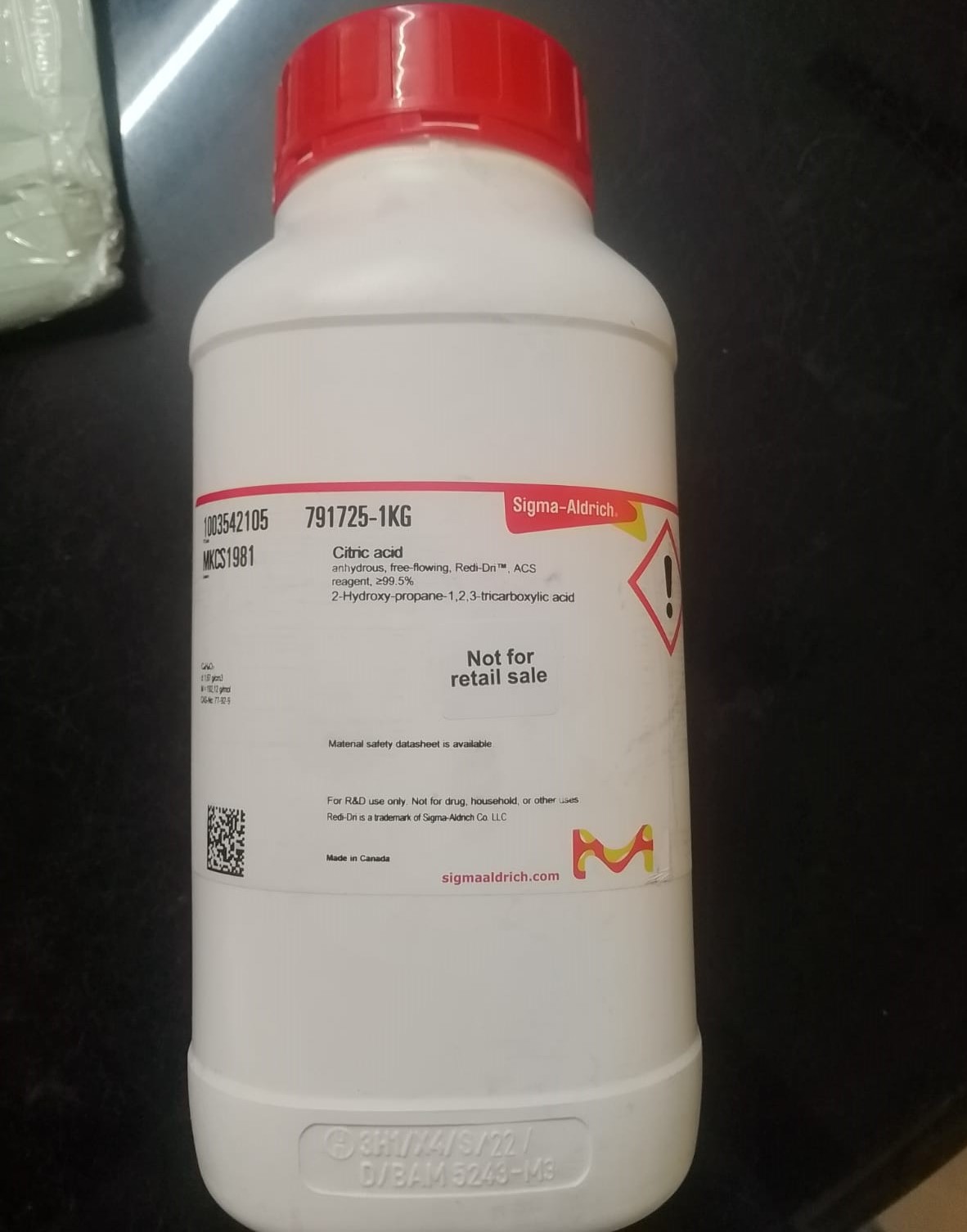
2024-08-24T11:38:35
Citric acid is an organic compound with the skeletal formula HOC(CO2H)(CH2CO2H)2.[10] It is a colorless weak organic acid.[10] It occurs naturally in citrus fruits. In biochemistry, it is an intermediate in the citric acid cycle, which occurs in the metabolism of all aerobic organisms.[10] More than two million tons of citric acid are manufactured every year. It is used widely as an acidifier, as a flavoring, and a chelating agent.[11] A citrate is a derivative of citric acid; that is, the salts, esters, and the polyatomic anion found in solutions and salts of citric acid. An example of the former, a salt is trisodium citrate; an ester is triethyl citrate. When citrate trianion is part of a salt, the formula of the citrate trianion is written as C 6H 5O3− 7 or C 3H 5O(COO)3− 3.

Have a question? Ask here!
Required fields are marked *